Alternate panels abound, but once you have your new front panels, do you know how to install them? We put together this simple photo tutorial to help make sure you don't damage your modules when installing new panels. Got a helpful tip to add? Hit the Support button above and let us know!
Please note that any damages that may occur during repaneling are the responsibility of the user and are not covered by warranty. Out-of-warranty repairs are available via our paid repair service.
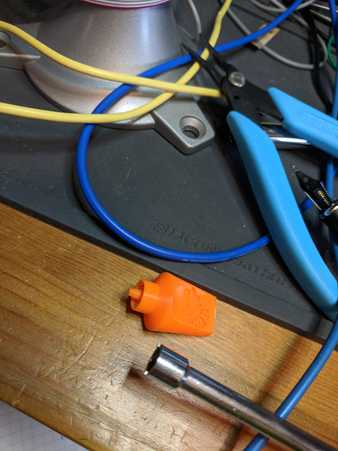
- Needlenose pliers or a jewelers bent needlenose plier
- Nut drivers for 3/8", 5/16", and 9/32" (yes, Imperial. We apologize.)
- Possibly other nut driver sizes: 10 mm may be required for some modules
- A knurled nut driver if you have modules with the knurled jacknuts (this Befaco Bananuts Wrench should work, available at many synth shops)
- Phillips head or small star-bit screwdriver for certain modules
- Tweezers (optional)
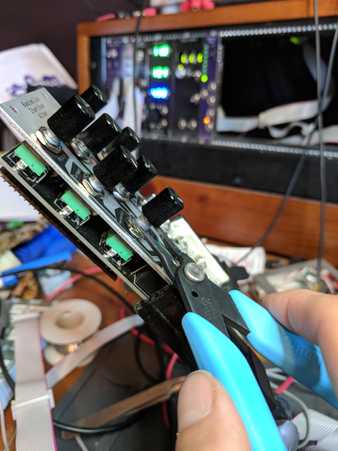
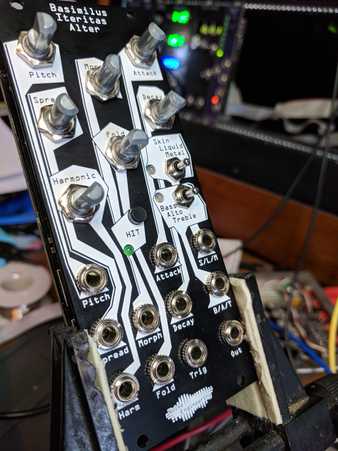
Use the needlenose pliers to gently pry off any knobs. BE GENTLE! Grip and lever the knob up WITHOUT pulling on the pot shaft (if anything, apply pressure down on the shaft). Walk the pliers up the shaft without pulling on the shaft -- this should be a lever motion without any pull.
Yanking knobs off by hand (or with pliers) can damage the pot/encoder or can break the knobs (pulling the knob cover off the d-shaft portion of the knob).
You don't want that.
That would be sad.
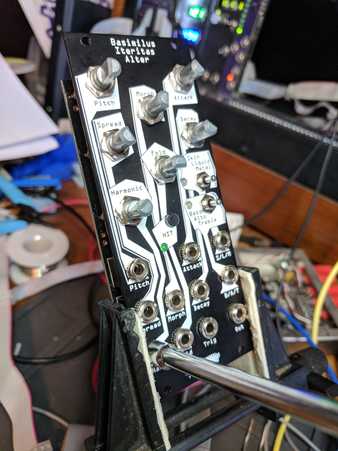
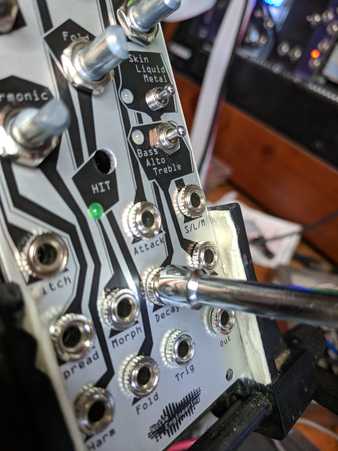
Knurled nuts (shown here) will require a special tool, available in various places. Remove the nuts around the switches and pots, too. Be careful not to scratch the panel while you do this! Some people use pliers for this. We do not recommend this: there is a high potential for scratching your panel.
Nut driver sizes:
- switches: 9/32"
- pots/encoders: 3/8" jacknuts
- hex nuts: 5/16"
- 10 mm may be required for some modules

Gently slide the old panel off. Try to lift straight off to minimize bumping movable parts like LEDs on some modules.
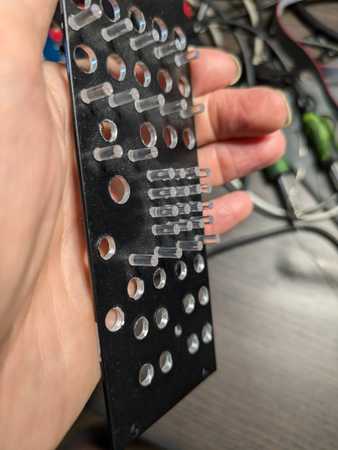
Newer modules have surface-mount LEDs and light pipes embedded in the panel. To remove them, press the light pipes gently from behind the panel, and they will pop out. Push them into the front of the new panel. If you're struggling to get them to stay in the new panel, we recommend pushing gently with the eraser end of a pencil or a Sharpie marker end.

Especially with modules with through-hole LEDs and momentaries (buttons), it can require a little work. Try to press the new panel straight on to avoid moving parts around as it seats on the module. Be gentle. Do not force it.
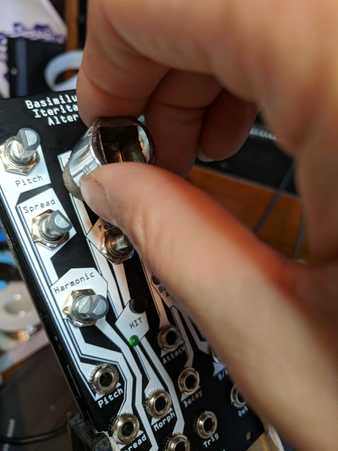
Put the nuts back on the module. We recommend finger tightening everything and using the nut drivers only if needed. Be careful not to scratch your new pride and joy while you tighten! Knobs can be slipped right back on (or pushed. Some will be a tight fit, but if they were on there once, they will go back on!). And then you're done!
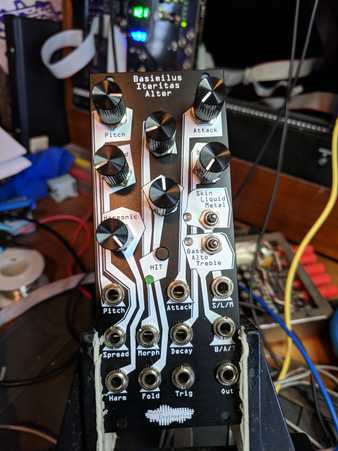
If you slide the new panel into place and it doesn't seem to agree with its new home, a couple of things may be in the way. LEDs, switches, and buttons sometimes are not perfectly in place. Is the panel getting stuck on one of those? If so, move the switch or use your tweezers to gently move the offending part into place.
If none of these are the problem, doublecheck all of the jacks. Sometimes these are slightly bent. If so, gently bend back. If this still doesn't solve your problem, hit the Support button at the top of the page and get in touch.


